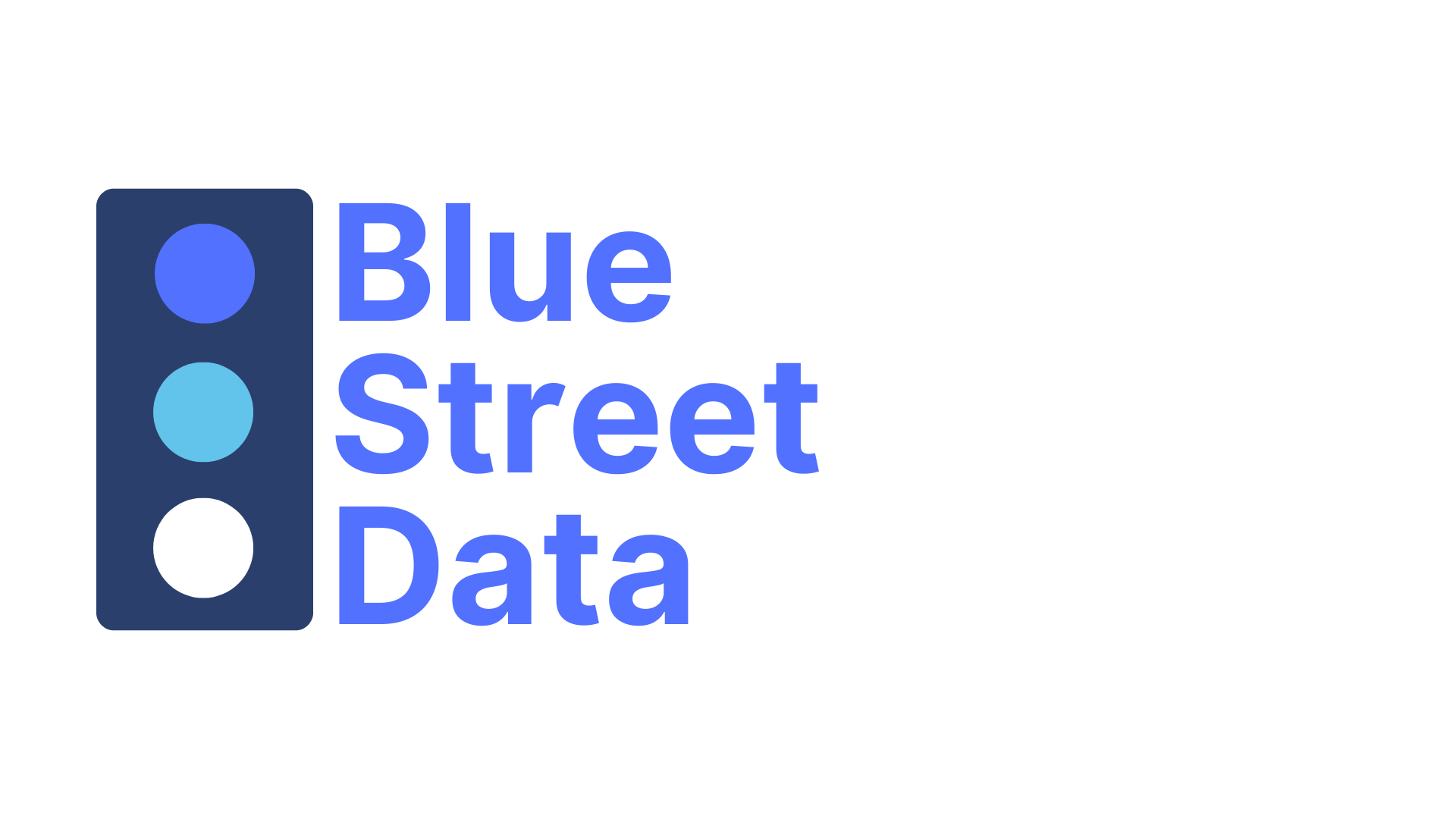Companies often invest in new markets with high hopes—only to find themselves outpaced by stronger, more established competitors. Without clear insights into consumer behavior and competitor brand affinity, you could be pouring money into regions where your brand simply won’t stick.
📊 McKinsey reports that businesses using data-driven growth strategies experience 15–25% EBITDA growth. And Adobe says 51% of companies cite “identifying new market opportunities” as the top benefit of data-driven strategy.
It’s time to put your expansion plans on solid footing.
Why External Data Gives You the Edge
By combining third-party audience and competitive data with your internal sales and customer behavior insights, you can:
✅ Pinpoint white space opportunities where your brand can win
✅ Avoid costly investments in saturated or high-affinity competitor markets
✅ Reduce customer acquisition costs and increase brand stickiness
✅ Drive more efficient market penetration and sustainable growth
—
How It Works
🔹 Conduct white space analysis using competitor brand affinity & purchasing data
🔹 Use cluster analysis to segment markets based on loyalty, opportunity, and growth potential
🔹 Run simulations to prioritize the most profitable market expansion scenarios
🔹 Analyze intent signals and behavioral data to align messaging with unmet demand
—
Real-World Impact
L’Oréal used competitive audience intelligence to stay ahead of beauty trends and identify new product markets. By mining data across 3,500+ sources, they accelerated time-to-market and continuously gained ground in white space categories before competitors caught on.
—
📩 Want to stop guessing and start expanding with confidence?
Let’s talk about how external data can uncover your next best market.
👉 Talk to a Data Expert
—
